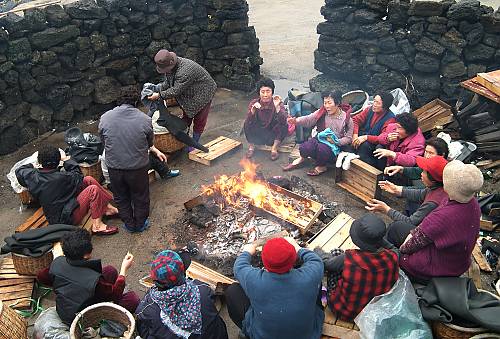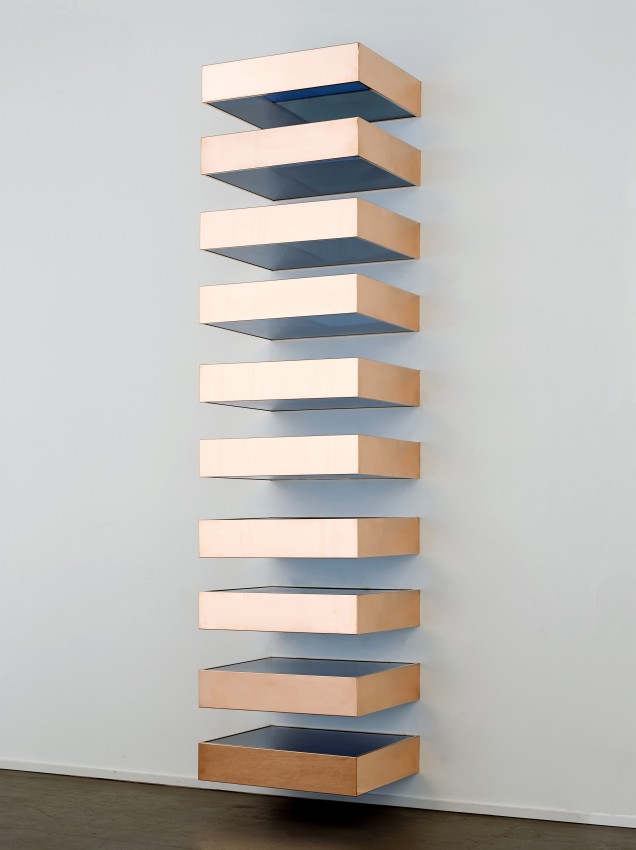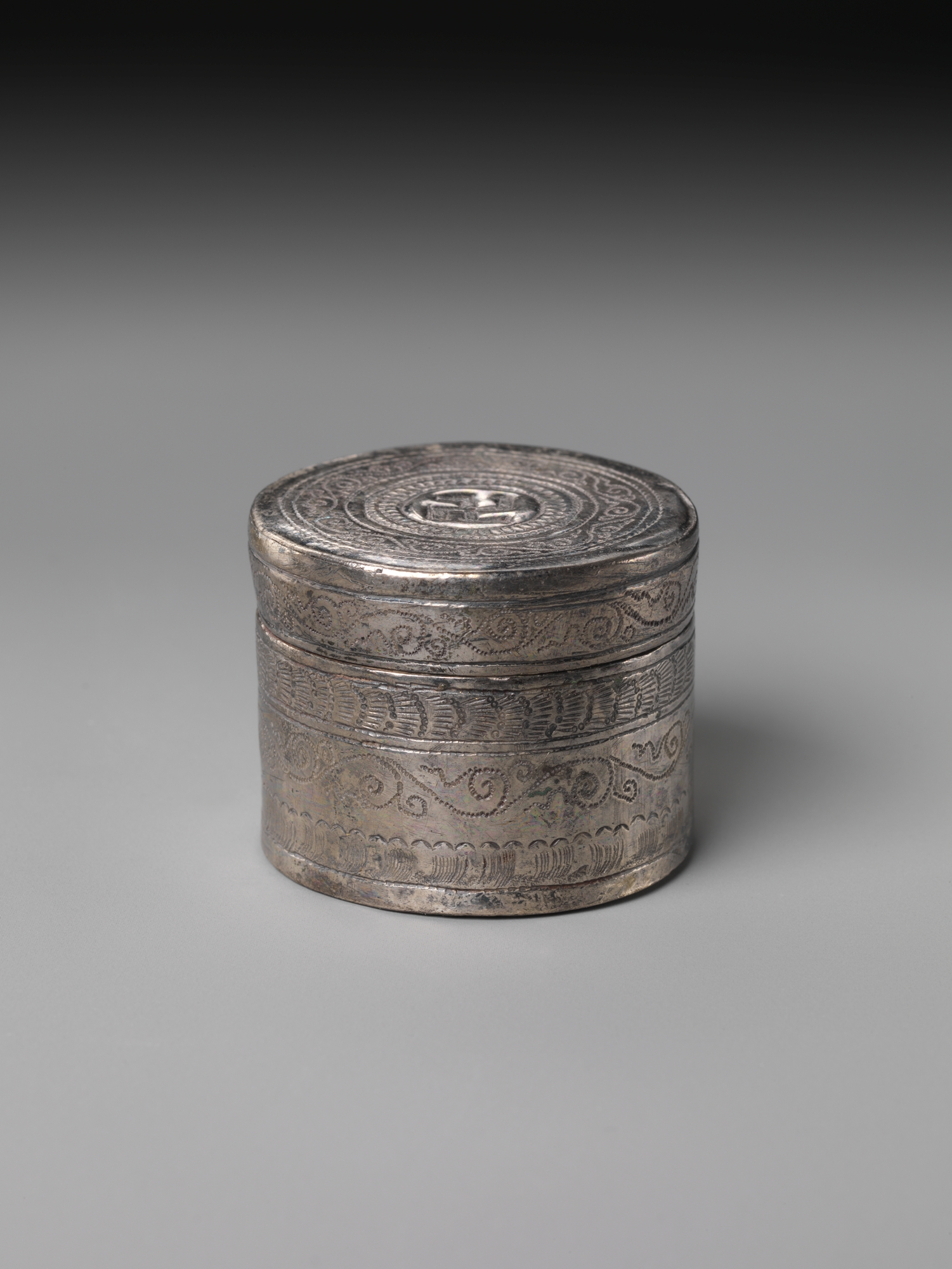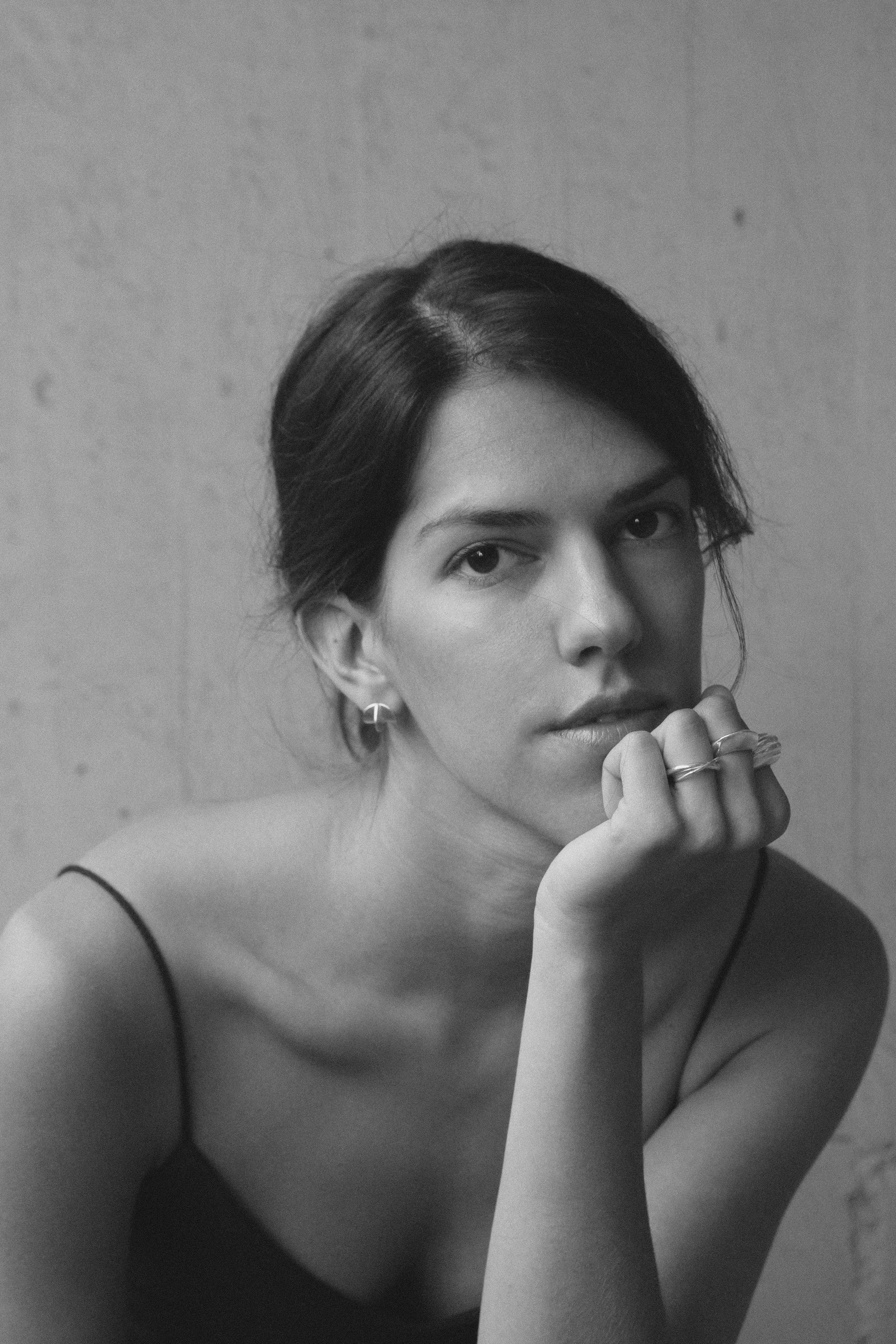The 8 Ball: Karen Kim of Binu Binu

"Soap bars, the simplicity of soap. How can I distill it into something so pared back, to highlight the beauty of bar soap?" Inspired by the ritual of the Korean public bath, Binu Binu is a brand of modern soaps, incense, and bath accessories. The Korean public bath is a place free of vanity where generations are brought together in the simple act of cleansing. Binu Binu reflects renewal. We spoke with Founder, Karen Kim, regarding Binu Binu's beginnings, traditional Korean brassware lidded bowls, often used for rice or soup, as inspiration for her stainless steel candles, and the severe simplicity of Donald Judd's Stacks acting as a reference for her soap bars. Plus so much more. Join us in welcoming Binu Binu at Covet + Lou.
Karen, we are so pleased to have Binu Binu at Covet + Lou. Tell us how you got started— what were you doing before Binu Binu and what made you decide to start your own business?
I'm happy to have Binu Binu at Covet + Lou!
Before Binu Binu I was working in fashion on the product/creative side, as a merchant, editor, and most recently in product and buying direction for an online store in NY. After gaining experience working for other companies, I wanted to spend my focus and energy on my own project. When I find myself speaking about why I started Binu Binu, it's not as much about soap (although it's something I deeply love), but about a world that I could build myself and dive into topics like identity, aesthetics, design history, traditions. It's storytelling through.... soap! I was obsessed with how one of the oldest, most basic, everyday personal items popped up in so many interesting places. The bar of Basis brand soap listed in Joan Didion's packing list from The White Album. The whole documentary about Dr. Bronner's. Those iconic Neutrogena amber-colored glycerin soap ads from the 90s. I wanted to take a shot at elevating a simple bar of soap that I wanted to buy myself, that I didn't see on the shelves of Duane Reade or Barney's.
Can you expand on the Korean public bath and the idea of renewal, ritual, and communal care?
My first encounter with a Korean public bath was on my first trip to Korea, with my mom and my aunts. We'd go to the bathhouse every day. It's not a special occasion or a luxurious spa treat, or "me time". It's just where you go, no big deal. Everyone walks around naked, which for a few seconds I found mortifying, but you adjust quickly and again, no big deal. You're surrounded by women of all ages and all bodies, and no one cares one bit, which was the part I found to be the most relaxing. You have a shower before entering the bathing pools, just a bar of soap and a little stool to sit on. Your neighbour may scrub your back for you, and you, theirs. It's just neighborly and practical. Then, you enter the baths - you can hang out in the hot water pools, or alternate between cold and hot. You can literally spend all day, and in some places, all night at the baths. You can eat there and sleep there. You can get a full body scrub treatment. It was my favorite part of the trip. I felt safe, I felt a connection, both to myself and to a room full of strangers all there for the same purpose: relaxation, community, and to simply get clean. I knew that I wanted Binu Binu to build on this memory and mood.
We love that you share and reference matriarchy and female strength at Binu Binu. We’re thinking about your references to the Haenyeo, your own family, and your Shaman Soap, which was created in homage to the female shamans of Korea. What do you find inspiring about these women?
I love the idea of connection, specifically intergenerational connection and connection to the idea of "motherland", a place that as a 2nd generation Korean Canadian born and living in Canada feels far away. I love this history of female power and strength that is indisputable, and innate, and is like a thread that connects one generation of women to the next. It's at odds with what is a culture steeped in ideas of patriarchal rule.
Haenyeo are examples of women who run a matriarchal society on the island of Jeju, South Korea. They are the bread-winners so to speak, they support their families through their literal physical and mental fortitude and skills. Like Shaman women, the profession is also often passed down through families. I learned that Shaman in Korea are mainly women, and that their power to heal and commune with the spirit world is passed down from mother to daughter. For me, Haenyeo and Shaman are such inspiring examples of female strength.

What personal rituals do you have in your day to day? Feel free to separate by A.M. and P.M.
Coffee. Water. Yoga. Work. My days are more fluid, but my evenings are more dictated by my kids - family dinner, bathtime, stories, bedtime. Then, winding down the day with my husband. I try to read at night before bed.
You very clearly have an eye for beautiful design. From the carefully wrapped soap bars to the stainless steel vessels used for the candles. What was the inspiration behind both of these?
Soap bars, the simplicity of soap. How can I distill it into something so pared back, to highlight the beauty of bar soap? The shape was inspired by a stick of butter (East Coast style)! Again, something so beautiful and simple, sculptural, and everyday. Also, the shape borrows from the severe simplicity of Donald Judd's stacks. The repeated bar form is so arresting. I think there's something in common sculpturally about a stick of butter, modern art, and a bar of soap.
The stainless steel candle vessels were inspired by traditional Korean brassware lidded bowls, often used for rice or soup. I had a lot of fun digging deep into research on traditional ritual reliquary artifacts, some ornately etched, some deadly simple - many often used to hold incense and jewelry. I love that both types of vessel usages exist, something as everyday as a rice bowl, and also a vessel to hold precious gems. I also love the crossover between stainless steel as a quintessential material for the architecture of bathrooms. It's both timeless and modern, functional and beautiful. I wanted the candles to feel at home in a modern bathroom, at a traditional Korean table, or in a museum.
Favorite artists, designers, or even time period that you love. Please share.
Some of my favorite interior designers are the ones who use simplicity and minimalism to astonishing effect.
A favorite time period is Korean history, all of it! One of my favorite parts of development for my brand is researching history - it feels personal, and new to me. It's not taught at school, and rarely reflected in the media. I come across things are I think are amazing, and I try to find a way to share it through my lens.
Going back to the candles- help us choose between the scents. They all sound so great.
We launched our candle collection with three scents, and of course, I love them all :). We always start with a concept, and have the product stem from there. The idea behind the collection is warmth, fire, flame. A candle at its essence.
In Binu Binu world, that turned into our Korean Kiln Sauna candle (perhaps my personal favorite). Kiln saunas are often located deep in the mountains of Korea, surrounded by forest. People travel to them for an immersive sauna experience. You sit in a clay kiln, powered by charcoal, sitting on hay mats, and pine needles are strewn about for their aroma. It's supposed to be deeply detoxifying and incredibly relaxing. Our candle takes its cue from those surrounding elements - pine, birch, classic feu de bois, sweet hay.
Next is our Tea Ceremony scent, which is a classic tea scent. I love tea, it's such a full sensory thing. The scent, the steam, the heat from the cup. I love the connection between the idea of ritual and lighting a candle.
Our third scent is perhaps our most polarizing, the Cannabis Perilla candle. I love the mash up of these two green leafy plants, each with their own rich history and culture. The Cannabis part is the delicious smoky element, a patchouli haze. The Perilla, also known as "Ggaenip" in Korean, is the refreshing almost minty crispness. The alternate name for this one "Ganja Ggaenip" ;).
Image left: Binu Binu Korean Kiln Sauna Candle at Covet + Lou.
Image right: Korean Covered Box, Goryeo Dynasty (918-1392) via The Metropolitan Museum of Art.
How to create your own bath house experience at home. Set the scene for us.
Assuming your home bath is only large enough for one (or two), you can still enjoy some of the same elements of a trip to a communal bath house, alone. Light a relaxing scent - either a candle or some incense. Both offer a lovely visual element in addition to their scent, either through light or wafting smoke. Whether it's a shower or a bath, you need: a bar of soap to lather up. No random collection of plastic bottles to clutter up your setting.
Soak for a while (in the bath) or let the hot water from the shower soften up your skin. Twice a week, you can use the Seshin Korean Scrub Mitt - a bathhouse mainstay - to deeply exfoliate your body. If you have a bath partner, you can take turns scrubbing each other's backs. If solo, you can use our Scrub Towel to reach your back and polish it. You can also try a cool/cold water rinse at the end if you're brave enough! So refreshing, and it's what you do at the bathhouse, alternating between hot and cold bathing pools.
It's really important to be able to create a space of your own where you can feel connected to yourself and others around you - even when bathing alone, the intention of our brand is to remind you of a connection between yourself and a history of traditions and rituals that we can still create today.
Shop Binu Binu at Covet + Lou. Shop Bath + Body at Covet + Lou.











